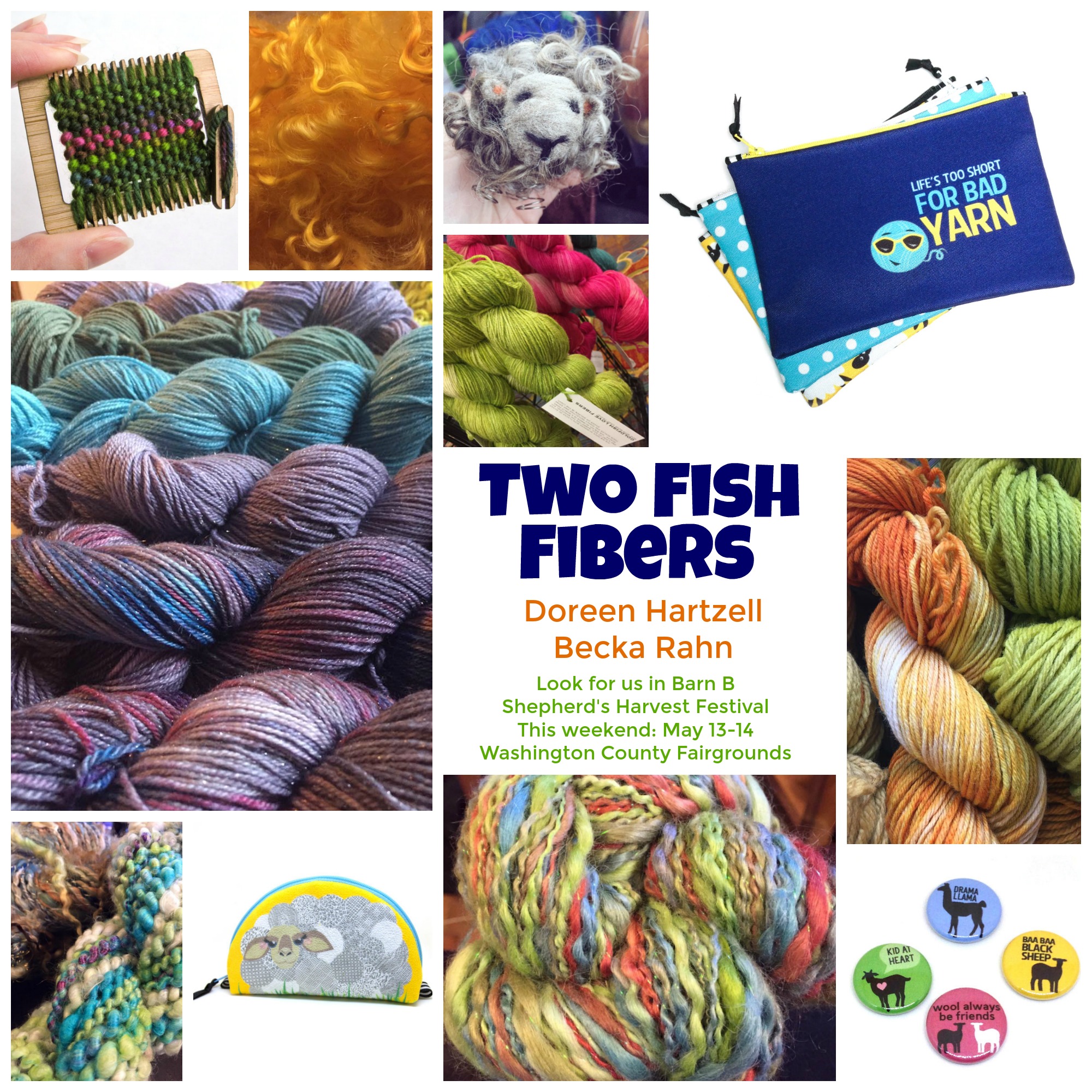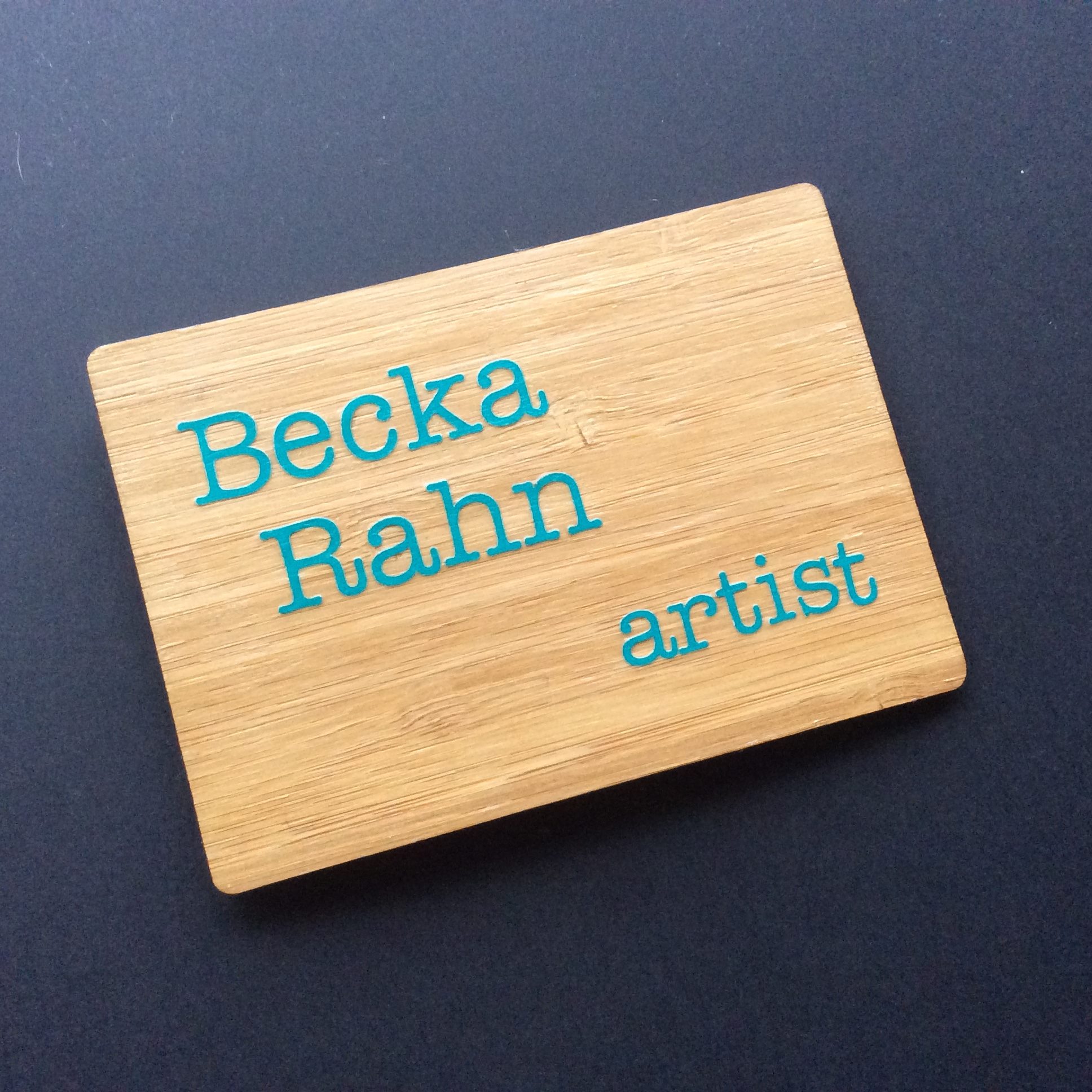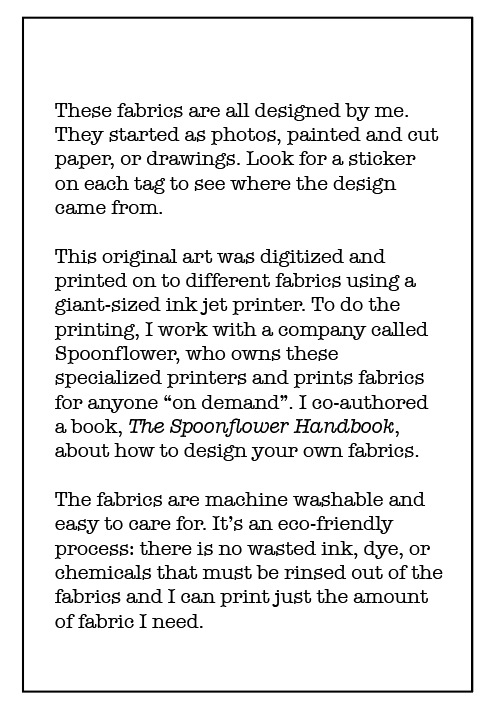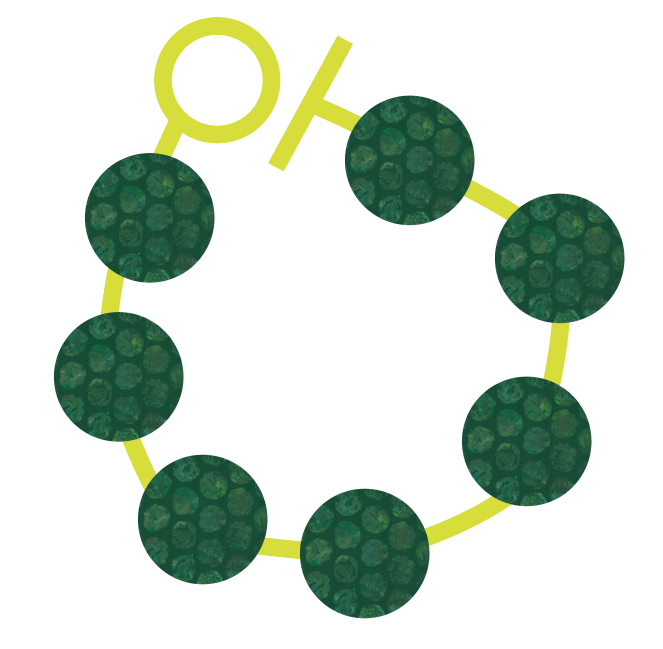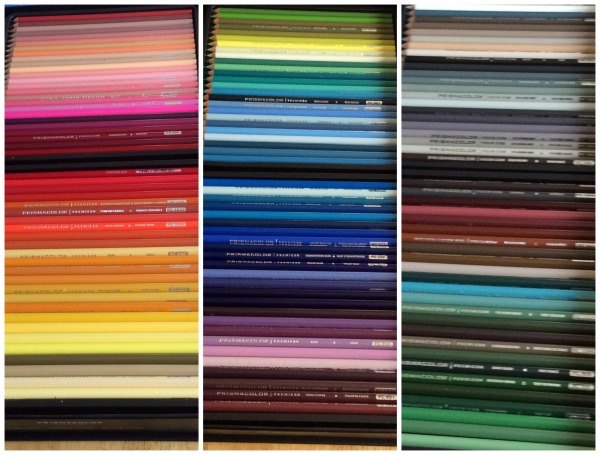I first heard the term “side hustle” at a cocktail party with colleagues. When someone asks what you do for a living and you reply “I’m a full time artist”, every person you talk to pictures something different. Her vision was something like sew dresses all day and sell them to boutiques. (Which is really not what I do at all.) I tried to explain how my job is different every day of the week and I like it that way: I teach, I sell on Etsy, I do shows, I do community projects… And she said “Oh, it’s like teaching is your side hustle.”
Really, I think being an artist and being able to do it full time is all side hustle. It’s hard to support yourself by just making things and selling them. Not only do you put in the time to make it, but you have to put in the time to get it in front of people and hope that someone likes it enough to pay you for it. And you have to hope the economy is encouraging people to buy handmade. So you also sell it online, which doesn’t require you to be there standing in a booth all weekend and that helps with some of the overhead. And you teach it. And you write about it. Sometimes I wish I was making it more of the time, but balancing it with all of those other things really works better for me.
I was curious after I had this side hustle conversation with that colleague, so I pulled up my numbers for the past 2 years. 2015 and 2016 were the first two years that I have been my own boss full-time. Many of these things I have been doing part-time for many years along with my regular day job so these are established micro-businesses for me.

These are the percentages of my total income that I can attribute to each of my “jobs”.
Commissions/Digital Items includes things like the items I sell on RedBubble and Spoonflower. I make a commission from each of those designs that sell. That grew a lot in 2016. (It doesn’t even show up in 2015.) Why the growth? I put in the time. I added a lot of new designs, cleaned things up and put some care into my online shops. It made a difference.
In Person Sales includes consignment items I have at shops and art shows that I do, like the American Craft Council, Craft’za, Shepherd’s Harvest etc. I participated in more shows in 2015. I was really busy traveling to teach in 2016 so I couldn’t do as many.
Etsy sales is the things I sell on Etsy, obviously. Same story here: I did a lot of work on my Etsy shop in 2016. I rephotographed a lot of items and gave everything a fresh look and some polish to descriptions. I weeded out some things that weren’t selling and added a few new ones. Since this is a percentage of my total income, what you don’t see is that my total Etsy sales doubled from 2015 to 2016. (My income overall was greater too, so the percentage looks the same.) Seriously. The work to clean up and focus was completely worthwhile and so far 2017 is keeping pace with 2016, which is encouraging.
Teaching was huge for me in 2016. I taught a lot of classes, but I also started to adjust my teaching rates slightly to reflect what I should be paid for the expertise that I have. When I was teaching once in a while for local guilds it was fine to charge a “friends and family” kind of rate, but now that I am traveling and teaching more complex classes, I also need to be able to cover liability insurance, travel and things like that. I am hoping to roll out online classes this year, so I am teaching less in 2017 to have the time to get those up and running.
Misc is my consulting category. I have fees for writing articles & tutorials, web consulting, small graphic design projects.
Grants. I think this category is the least sustainable. I was super fortunate to get a whole bunch of large and small grants over the last two years. They are a lot of work to apply for and usually involve a lot of work for the grant project itself, but they are the thing that makes the big projects happen. I was able to do two huge teaching residencies, mount my first solo exhibition and first public art piece all because of grant funding. I will keep applying, but I know 2017 will be decreased, because I didn’t get one I applied for and I took a break from applying because I didn’t want to have too many overlapping projects. I was making myself a little crazy with so many balls in the air.
 I thought these numbers were really interesting. (Did you know that my teaching degree is in math? Does this surprise you?) When I started on this adventure of being my own boss, I gave myself permission to just try stuff. I said yes to nearly everything. I applied for things that I thought would be cool and ones that I thought would be a long shot. I taught at a prestigious craft school and at the neighborhood library. This year I made enough actual profit to be able to contribute to a SEP IRA. But it was a LOT of hustle.
I thought these numbers were really interesting. (Did you know that my teaching degree is in math? Does this surprise you?) When I started on this adventure of being my own boss, I gave myself permission to just try stuff. I said yes to nearly everything. I applied for things that I thought would be cool and ones that I thought would be a long shot. I taught at a prestigious craft school and at the neighborhood library. This year I made enough actual profit to be able to contribute to a SEP IRA. But it was a LOT of hustle.
I’m still in the “trying stuff” phase of my business at this point. I am doing some serious thinking about opening a second online shop with all of my clothing & accessory items which I currently only sell at in-person shows. I am working on online classes which has been a goal for much too long. Time to make that one happen. I think my ideal balance would be in thirds: teaching/sales/grants. I don’t want to become a manufacturer where all I do is sew stuff to sell to other people. I like the one-on-one work of teaching people and I already have several more exhibitions dreamed up. That seems like a great balance to me.
If I want to have one message from this post to leave you with, it is actually something that I wish I could tell myself from about 8 years ago. I used to get really discouraged about not having thousands of blog followers and not being a craft-internet-celebrity or the most popular Etsy shop or whatever the success benchmark was. I was sure I couldn’t cut it on my own because I didn’t have the social media following or the giant mailing list. But I realized that doesn’t really matter. It’s about going out there and doing it. I had 11 students at the last class I taught and they could care less about how many Instagram followers I have. The 12 of us got to do nothing but make art for 2 hours together and how often does that happen? I had the privilege of being on the Etsy Sellers Advisory Board last year not because I had 16,000 sales, but because I stepped up and said “I have something valuable to contribute” and they believed me. If you don’t show up/ask/apply, they can’t say yes.



